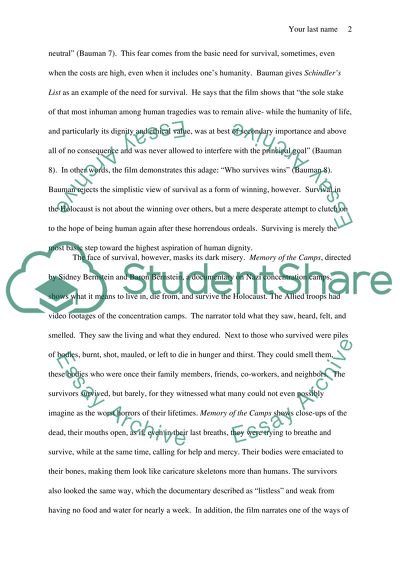Cite this document
(“The Holocaust: Remembering and Becoming Human Essay”, n.d.)
Retrieved from https://studentshare.org/history/1664651-holocaust
Retrieved from https://studentshare.org/history/1664651-holocaust
(The Holocaust: Remembering and Becoming Human Essay)
https://studentshare.org/history/1664651-holocaust.
https://studentshare.org/history/1664651-holocaust.
“The Holocaust: Remembering and Becoming Human Essay”, n.d. https://studentshare.org/history/1664651-holocaust.


